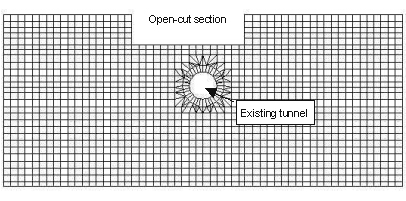TEPCO has an abundant construction and design experience in transmission lines and substations. We have made a contribution to decrease of environmental impact and environmental harmonization of transmission line and substation with existing backgrounds. Our Technologies are effective solutions for environmental issues.
Moreover, we have accumulated technologies for prediction, monitoring and evaluation of impact not only on existing objects but also on environmental issues such as road traffic, ground deformation, groundwater, vibration and noise. It is possible for us to make plans of reasonable treatment of existing objects and the environment during construction in any area by using those abilities.
Procedure of the prediction, estimate, monitoring and evaluation of impact
on existing objects and environment are as follows.
(1) Survey of existing objects and ground conditions.
(2) Classification of neighboring objects.
(3) Prediction and estimate of impact of construction works to neighboring objects.
(4) Planning measures for protecting neighboring objects and environment if
necessary.
(5) Monitoring of neighboring objects under construction work.
(6) Comparison between prediction and actual measurements.
(7) Evaluation of impact of construction work to neighboring objects.

Impact Assessment Analysis by FEM
© Tokyo Electric Power Company Holdings, Inc.